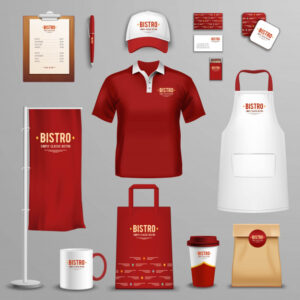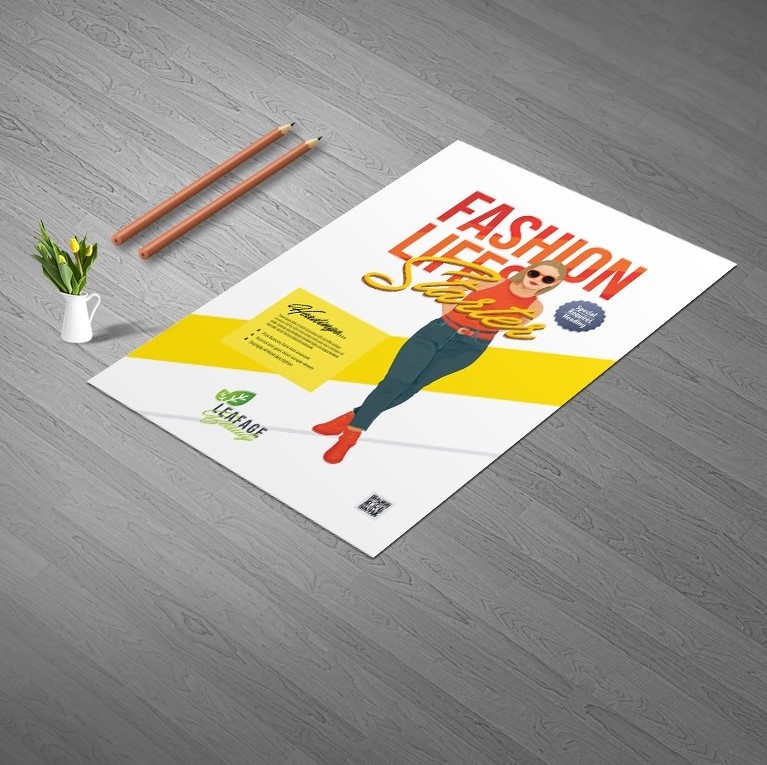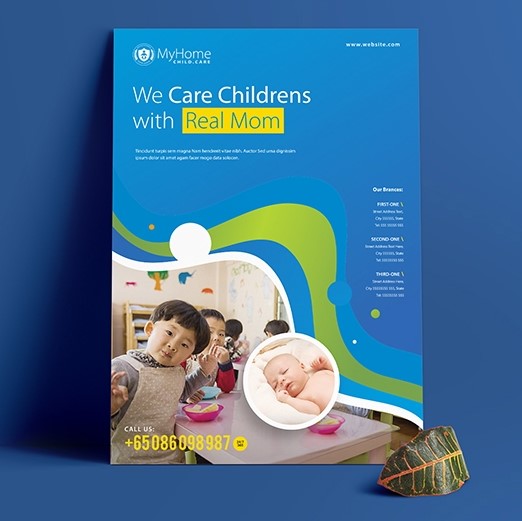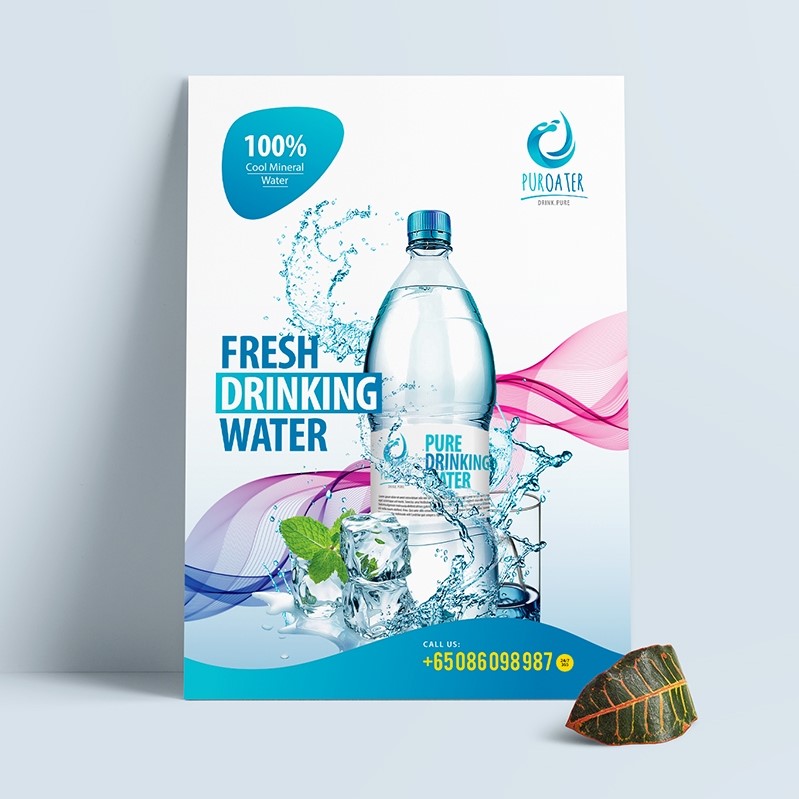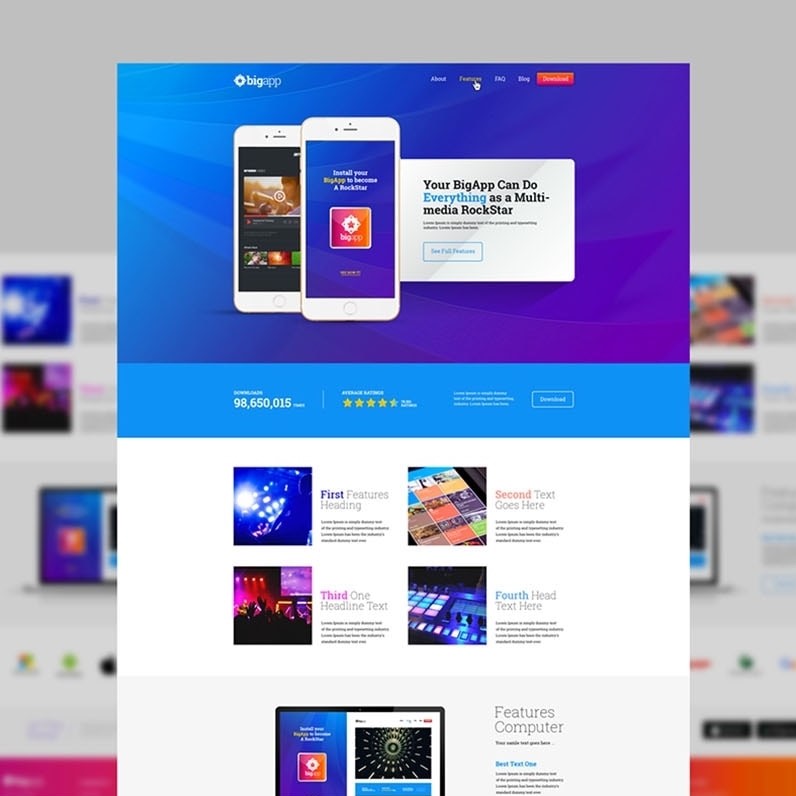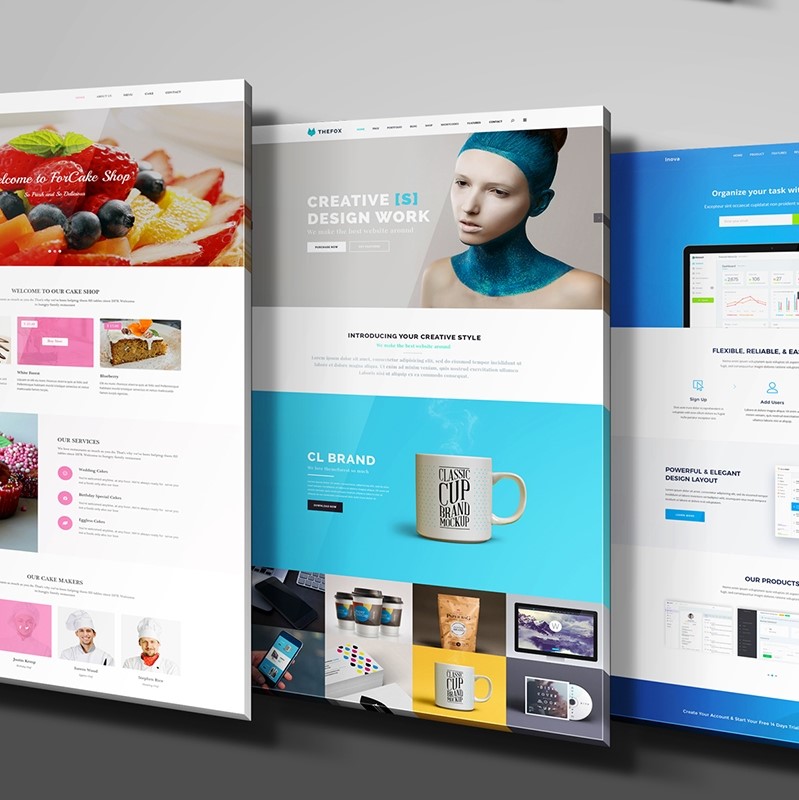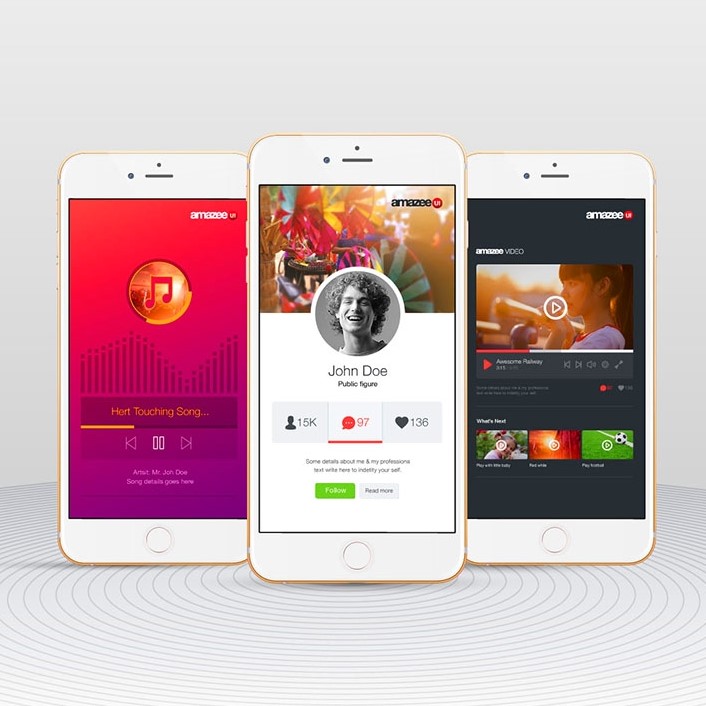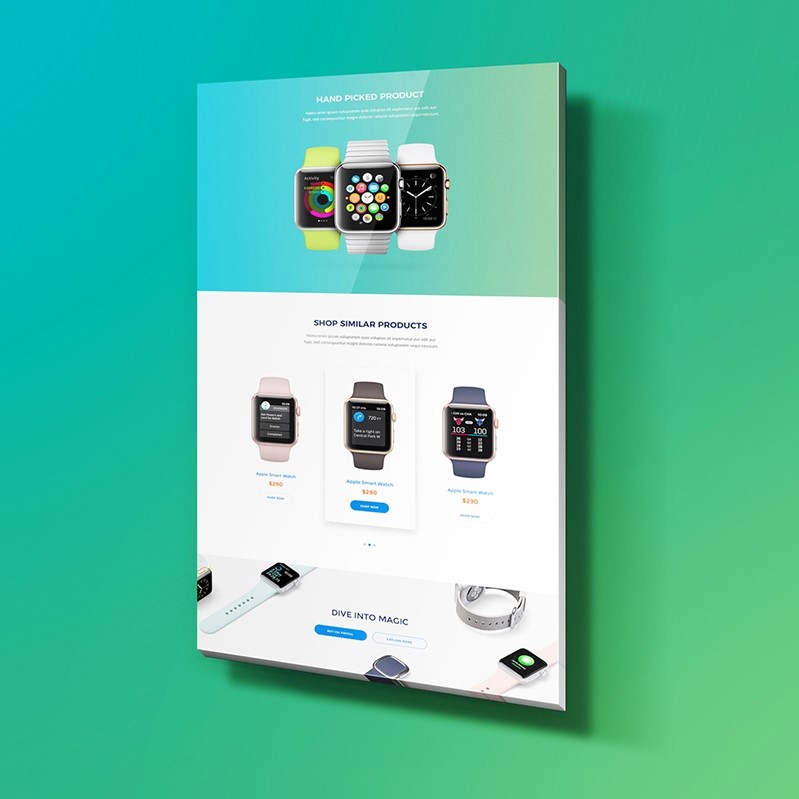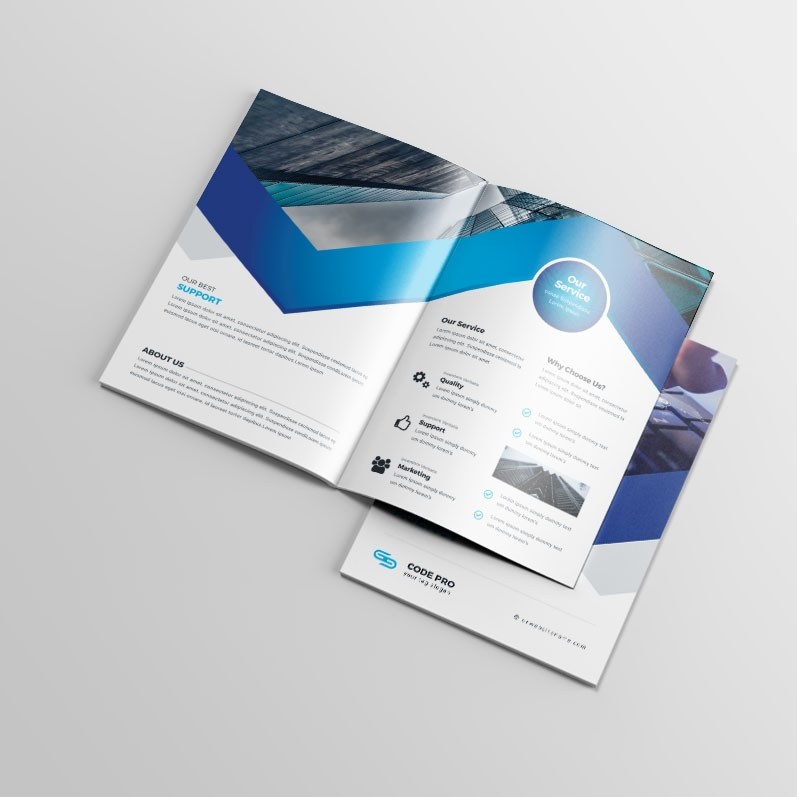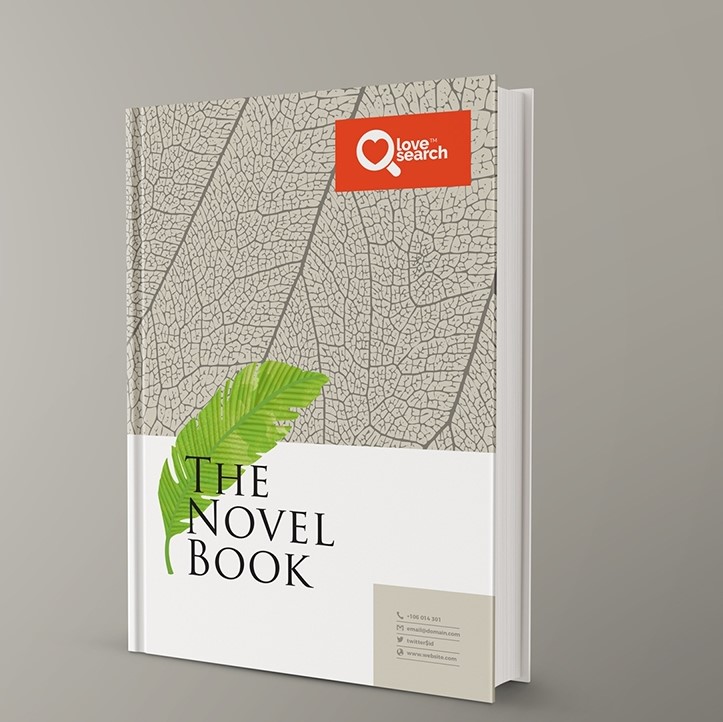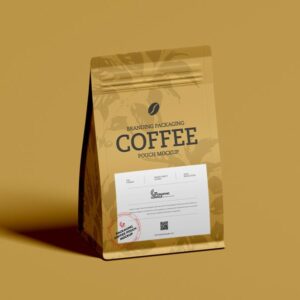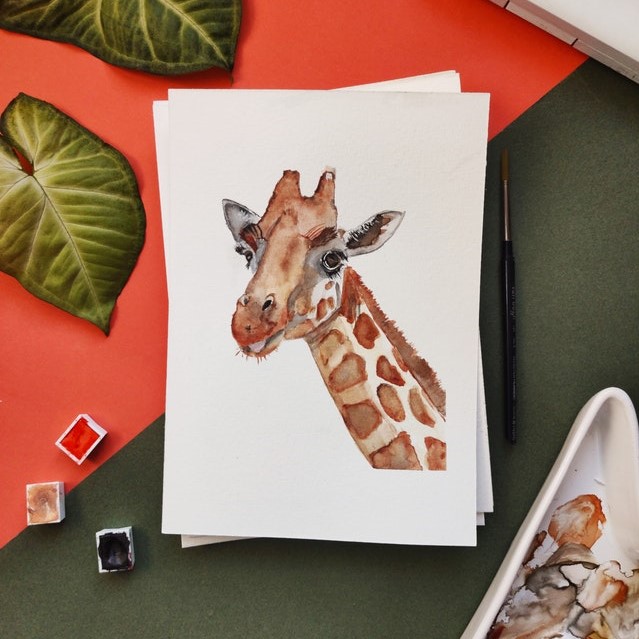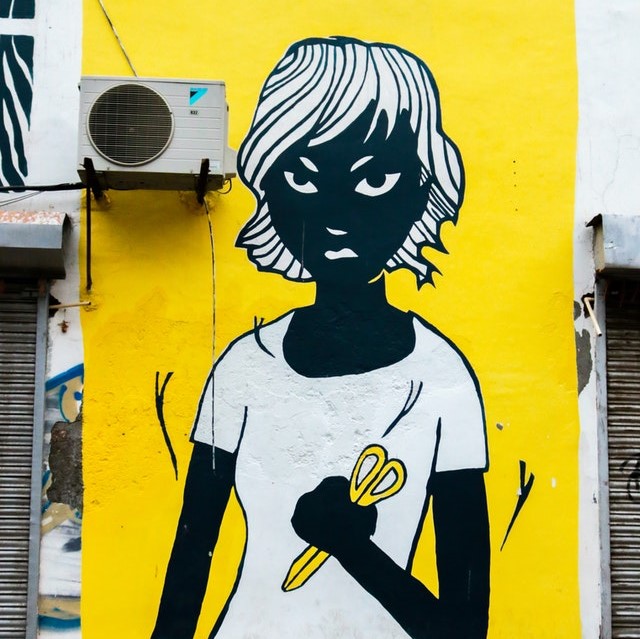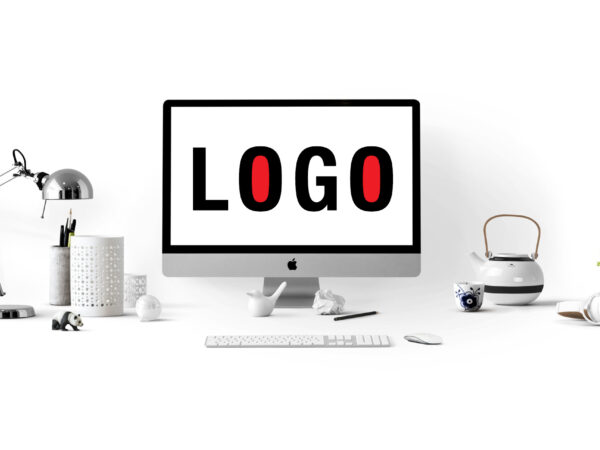What is Graphic Design?
Typography, illustration, colour, and shape are all used in graphic design to solve problems and express ideas. There is no one way to do this, which is why there are many forms of graphic design, each with its own area of expertise.
Despite the fact that they sometimes overlap, each style of graphic design necessitates a distinct collection of skills and design techniques. Many designers focus on a single type, whereas others concentrate on a group of connected, similar styles. Designers must, however, be adaptable and lifelong learners in order to modify or incorporate specializations during their careers, as the industry is continuously evolving.
Understanding the eight styles of graphic design will help you find the right skills for the job, whether you’re an aspiring designer or looking for design services for your business.
1. Graphic Design for Visual Identity
A brand is a link between a corporation or organization and its target audience. A company’s brand identity describes how it expresses its personality, sound, and meaning, as well as memories, feelings, and experiences. Visual identity Graphic design is the visual elements of a brand’s identity that serve as its face, communicating intangible attributes through photographs, forms, and color.
Visual identity graphic designers work with brand stakeholders to develop assets such as logos, typography, color palettes, and image libraries that reflect a company’s personality. Designers also produce a collection of visual brand guidelines that explain best practices and include examples of visual branding implemented through different platforms, in addition to the traditional business cards and corporate stationary. These guidelines aid in maintaining brand continuity in potential applications.
One of the most popular forms of design is visual identity design. In order to produce design elements that work across all visual forms, visual identity graphic designers must have a broad understanding of all aspects of graphic design. They must also have strong communication, conceptual, and artistic abilities, as well as a desire to learn about different markets, organisations, developments, and competitors.
2. Graphic Design for Marketing & Advertisement
To tap into their target audience’s decision-making process, businesses rely on effective marketing efforts. People are engaged by great marketing because of their desires, needs, understanding, and satisfaction with a product, service, or brand. Graphic design assists organisations in promoting and connecting more efficiently because people will often find visual content more engaging.
Marketing designers collaborate with business owners, directors, managers, and marketing experts to develop marketing assets. They could work alone or as part of a creative or in-house team. Designers may specialize in a particular form of media or produce a wide range of collateral for print, digital, and other mediums. Although this form of design was once primarily focused on print, it has evolved to include more digital assets, especially for use in content marketing and digital advertising.
Graphic Design Examples for Marketing
- Postcards and Flyers
- Magazine and Newspaper Ads
- Posters, Banners and Billboards
- Infographics
- Brochures
- Vehicle wraps
- Signage and Trade show displays
- Email marketing templates
- PowerPoint presentations
- Menus
- Social media ads, Banners and Graphics
- Banner and Retargeting ads
- Images for Websites and Blogs
Excellent communication, problem-solving, and time management skills are required of marketing designers. They must also be familiar with print and online production in addition to being qualified in many graphic design, layout, and presentation apps. New designers can learn processes and gain valuable skills and experience by working in entry-level positions in this field.
3. User Interface
The way a user communicates with a computer or program is referred to as the user interface (UI). UI design is the process of creating user interfaces that are easy to use and provide a pleasant experience.
The screen, keyboard, and mouse are all part of a user’s UI, but UI design in the sense of graphic design focuses on the user’s visual interface and the design of on-screen graphic elements such as buttons, menus, micro-interactions, and more. A UI designer’s task is to strike a balance between visual appeal and technical functionality.
Desktop applications, smartphone apps, web apps, and games are all specialties of UI designers. They communicate closely with UX designers, who decide how the app works, and UI developers, who write the code that makes it work.
Examples for User Interface Graphic Design
- Web page design
- Theme design (WordPress, Shopify, WooCommerce, etc.)
- Game interfaces
- App design
UI designers must be team players with strong graphic design skills as well as a thorough knowledge of UI/UX concepts, responsive design, and web creation. They must be familiar with programming languages such as HTML, CSS, and JavaScript in addition to graphics apps.
4. Publication
Long-form pieces that connect with an audience via public dissemination are known as publications. Traditionally, they have been a print medium. Think of books, newspapers, magazines, and catalogs as examples of publication design. Digital publishing, on the other hand, has recently seen a substantial increase.
Publication graphic designers collaborate with editors and publishers to produce formats that feature carefully chosen typography and associated artwork, such as photography, graphics, and illustrations. Publication designers may work as freelancers, as representatives of creative agencies, or as employees of a publishing house.
Examples for Publication Graphic Design
- Books
- Newspapers
- Newsletters
- Directories
- Annual reports
- Magazines
- Catalogs
Communication, layout, and organizational skills are important for publication designers. They must be familiar with color control, printing, and digital publishing in addition to graphic design.
5. Packaging
To secure and prepare goods for storage, shipment, and sale, they all need packaging. Packaging design, on the other hand, can interact directly with customers, making it a highly powerful marketing tool. Every package, bottle, bag, can, jar, or canister is an opportunity to tell a brand’s tale.
Packaging designers come up with ideas, build mockups, and print-ready files for a product. This requires a detailed understanding of print processes as well as an in-depth understanding of industrial design and manufacturing. Since packaging design involves so many disciplines, it’s not unusual for designers to be tasked with producing additional assets for a product, such as imagery, illustrations, and branding.
Packaging designers may be multi-talented or specialize in a particular form of packaging or industry. Their work necessitates exceptional intellectual and problem-solving abilities, as well as a thorough understanding of print and industrial design. They must be adaptable in order to satisfy the needs of customers, advertisers, and suppliers, as well as be informed about current trends.
6. Motion
Motion graphics, simply put, are graphics that move. Animation, music, typography, graphics, video, and other effects used in online media, television, and film are examples of this. The popularity of the medium has soared in recent years as technology has advanced and video content has taken center stage.
The title of “motion graphics designer” is a relatively new one for designers. Previously limited to television and film, technical innovations have shortened production times and lowered prices, rendering the art form more available and affordable. Motion graphics is now one of the newest modes of design, and it can be used on all digital platforms, opening up a slew of new possibilities.
Examples for Motion Graphic Design
- Title sequences and end credits
- Advertisements
- Animated logos
- Trailers
- Presentations
- Promotional videos
- Tutorial videos
- Websites
- Apps
- Video games
- Banners
- GIFs
Designers of motion graphics start by creating storyboards, then use animation, video, and traditional art to bring their ideas to life. A deep working knowledge of marketing, coding, and 3D modeling can be valuable assets depending on the industry.
7. Environmental
People are visually linked to places through environmental graphic design, which enhances their overall experience by making spaces more memorable, engaging, insightful, or easier to navigate. The word “environmental design” refers to a broad category of design.
Examples for Environmental Graphic Design
- Signage
- Wall murals
- Museum exhibitions
- Office branding
- Public transportation navigation
- Retail store interiors
- Stadium branding
- Event and conference spaces
Wayfinding is a form of environmental graphic design that uses strategic signs, landmarks, and visual clues to help people figure out where they are and where they need to go so they can get there quickly.
Graphic, architectural, interior, landscape, and industrial design are all incorporated into environmental graphic design. Designers prepare and execute their projects in collaboration with people from a variety of fields. As a result, several artists have studied and worked in both graphic design and architecture. They must understand industrial design principles and be able to interpret and draw architectural blueprints.
8. Art & illustration
Graphic art and illustration are often confused with graphic design, but they are quite distinct. Graphic artists and illustrators create original artwork, while designers create compositions to interact and solve problems. Fine art, decoration, and storytelling drawings are all examples of their work.
Despite the fact that graphic art and illustration are not actually forms of graphic design, there is so much produced for commercial use within the framework of graphic design that you can’t talk about one without the other.
Examples for Art and Illustration Graphic Design
- T-shirt design
- Graphic patterns for textiles
- Motion graphics
- Stock images
- Graphic novels
- Video games
- Websites
- Comic books
- Album art
- Book covers
- Picture books
- Infographics
- Technical illustration
- Concept art
Graphic artists partner with authors, editors, administrators, marketers, and art directors from all graphic design styles to produce their work, which can include any variety of media and techniques. Fine arts, animation, or architecture are often used as a basis. Graphic designers who also work as graphic artists and illustrators can be found due to overlapping talents and applications.
Graphic design is a rapidly developing sector, with an increasing demand for specialized and qualified designers. Knowing the various styles of graphic design will help you find the professional you need when searching for someone to take on a design job.
Share this post with your friends and express your views in the comments below.


